
PHP Website Examples: 15 Websites Built With PHP
Suprabhat Sen | November 2, 2023 , 9 min read
Table Of Content
PHP, also known as Personal Home Page or Hypertext Preprocessor, is a dynamic server-side programming language that continues to dominate the web development industry. Despite tough competition from languages like Node.js and Python, PHP remains the most widely used language, with 76.2% of websites utilising it in some capacity.
This includes tech giants such as Facebook, Slack, and MailChimp, who rely on PHP as their primary server-side language.
In this article, we will explore the top 15 websites built with PHP, uncovering why these industry leaders choose PHP and the benefits it brings to their businesses.
Whether you’re a business owner or a web developer, understanding the power of PHP can help you make informed decisions about your website’s technology stack.
Examples of Websites Built With PHP
- Wikipedia
- Tumblr
- Slack
- MailChimp
- Etsy
- WordPress
- Skillshare
- BigCommerce
- Moodle
- Flickr
- Drupal
- Delivery Hero
- 9GAG
- iStockPhoto
What Makes PHP Ideal for Web Development?
PHP is a widely used server-side scripting language for web development. There are several reasons why it is considered an ideal choice.
1. Easy to Learn and Use
PHP’s syntax is straightforward and similar to C and Java, making it easy for developers to pick up, especially those new to programming. This simplicity reduces the learning curve and allows developers to build websites made with PHP quickly.
2. Open Source
Being open-source, PHP is freely available for anyone to use, modify, and distribute. This open nature has led to a large community of developers contributing to its growth, enhancing its features, and providing support through forums, blogs, and online resources.
3. Platform Independent
PHP is a cross-platform language, meaning it can run on various operating systems such as Windows, macOS, Linux, and UNIX. This flexibility allows developers to write code on one platform and deploy it on another without significant modifications, making development and deployment more convenient.
4. Speed
PHP’s server-side execution makes it a fast language for web development. Since PHP code is processed on the server before being sent to the client’s browser, it reduces the load time of web pages and improves the overall performance of web applications. The reason why speed is not typically a problem on the best PHP websites is because they are optimized for efficient performance.
5. Large Community
PHP has a vast and active community of developers who contribute to its development and provide support to fellow developers. This community-driven approach ensures that PHP remains relevant, secure, and up-to-date with the latest trends and best practices in web development.
Current market trends in PHP development
The market for PHP development is constantly evolving, with new trends emerging to meet the changing needs of businesses and users. One of the prominent trends in PHP development is the rise of PHP frameworks such as Laravel, Symfony, and CodeIgniter. These frameworks provide developers with a structured and efficient way to build web applications, reducing development time and improving code quality.
Another trend in PHP development is the increased focus on creating secure and scalable applications. With the rise in cyber threats and the need for data privacy, developers are prioritizing security measures in their PHP projects. This includes implementing secure coding practices, using encryption techniques, and following best practices for authentication and authorization.
In addition to this, PHP still ranks at 11th spot as the most popular programming language among developers.(As of 2023)
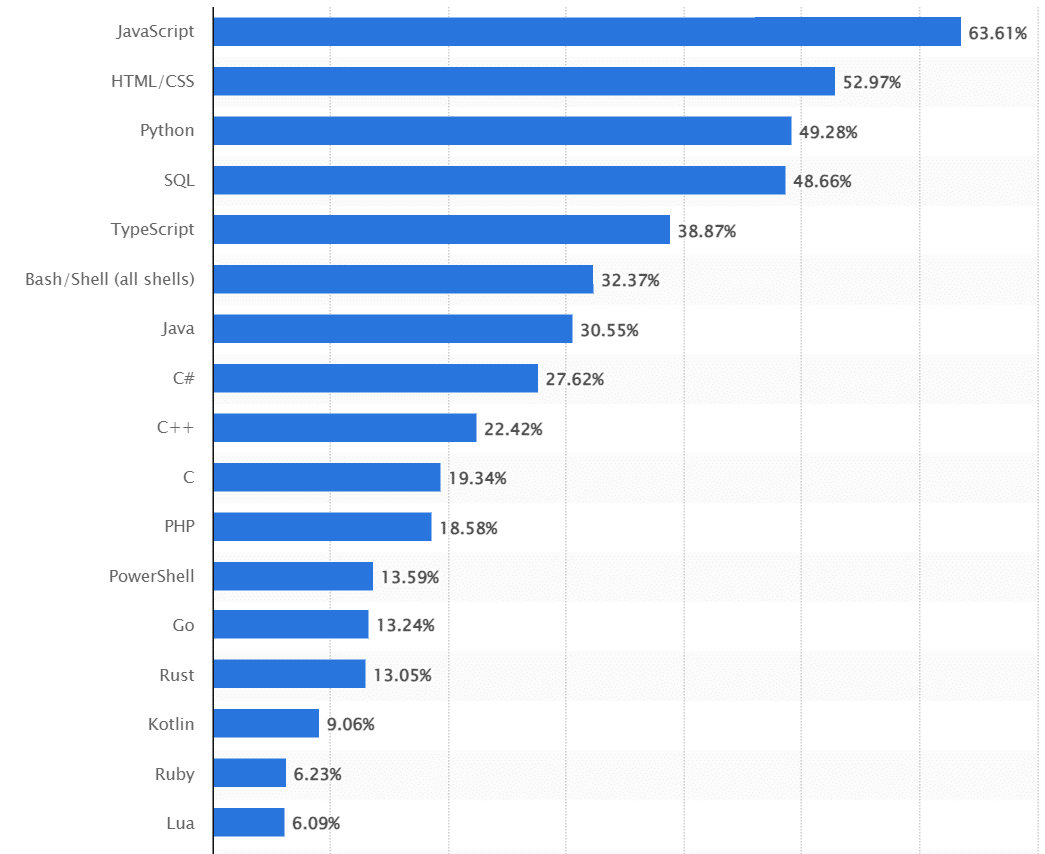
15 Popular Websites Built with PHP
Now, let’s explore the top 15 websites that showcase the power and versatility of PHP in web development:
1. Facebook
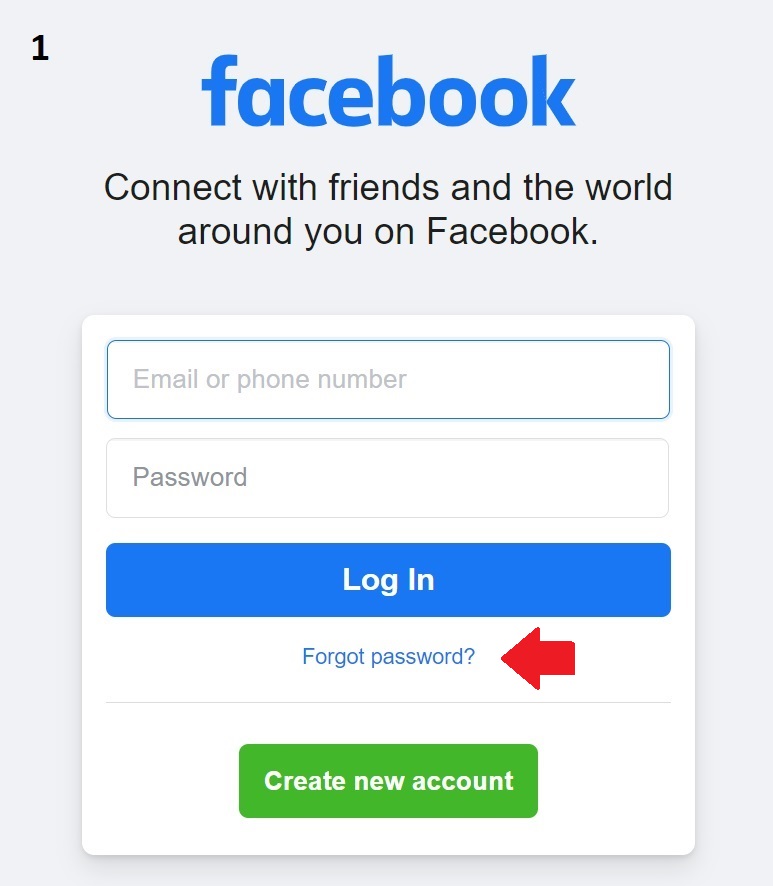
With over 2 billion active users, Facebook is the world’s largest social media platform. It is primarily built on PHP due to the language’s scaling efficiency. Facebook’s entire codebase was written in PHP by its founder, Mark Zuckerberg, and his team. To improve performance, Facebook developed HipHop for PHP (HPHPc), a source code transformer that translates PHP into C++ and then compiles it into binary for execution. In 2013, Facebook transitioned to the HipHop Virtual Machine (HHVM), further enhancing performance and speeding up development and deployment processes.
2. Wikipedia
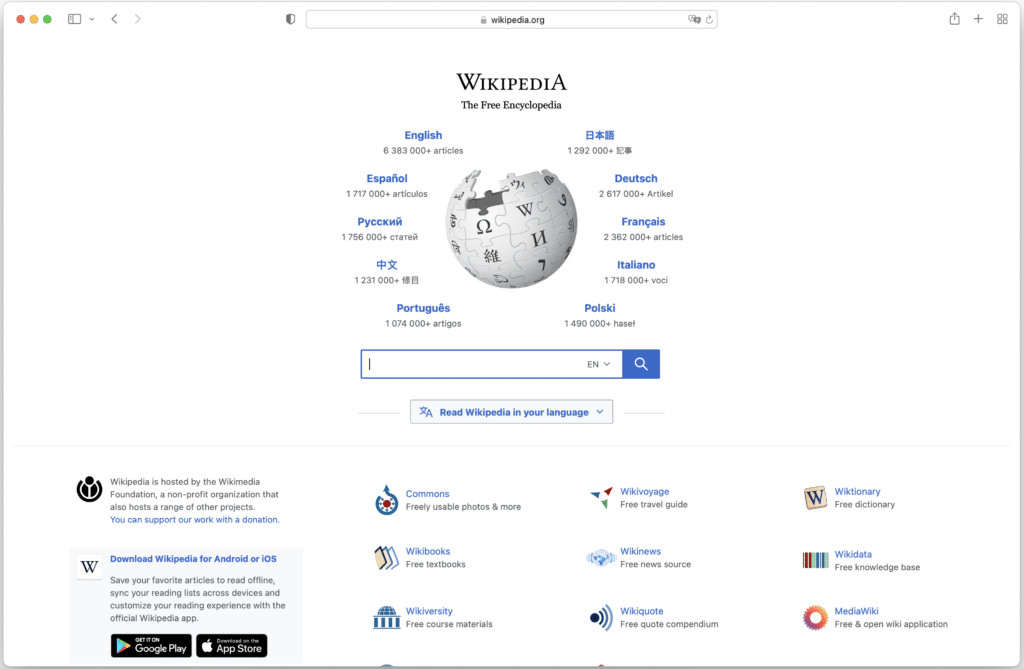
As one of the largest sources of information on the web, Wikipedia relies on PHP for its backend. The Wikipedia website is powered by MediaWiki, a software written in PHP and JavaScript. MediaWiki is responsible for managing the vast amount of content and user contributions on the platform. In 2014, Wikipedia switched to HHVM to improve performance by translating PHP into other languages.
3. Tumblr

Tumblr, a popular micro-blogging platform with over 500 million blogs, is another example of a website built with PHP. In 2016, Tumblr migrated to PHP 7, which resulted in significant performance improvements and allowed for the seamless implementation of new language features.
4. Slack
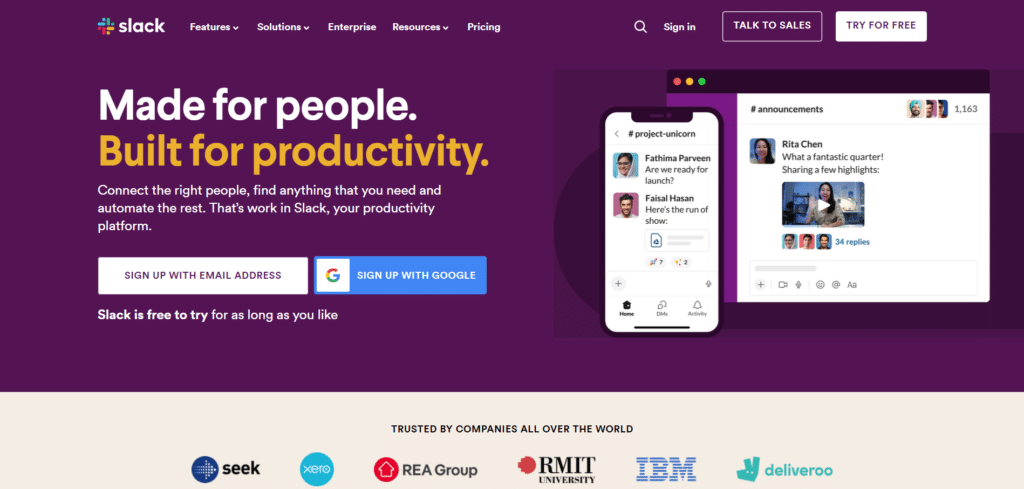
Slack, a leading communication platform for businesses, relies on PHP as its backend technology. With over 10 million daily users, including Fortune 100 companies like Apple and Walmart, Slack initially launched using PHP 5. The company later transitioned to HHVM, which significantly improved the speed of their PHP code execution.
5. MailChimp
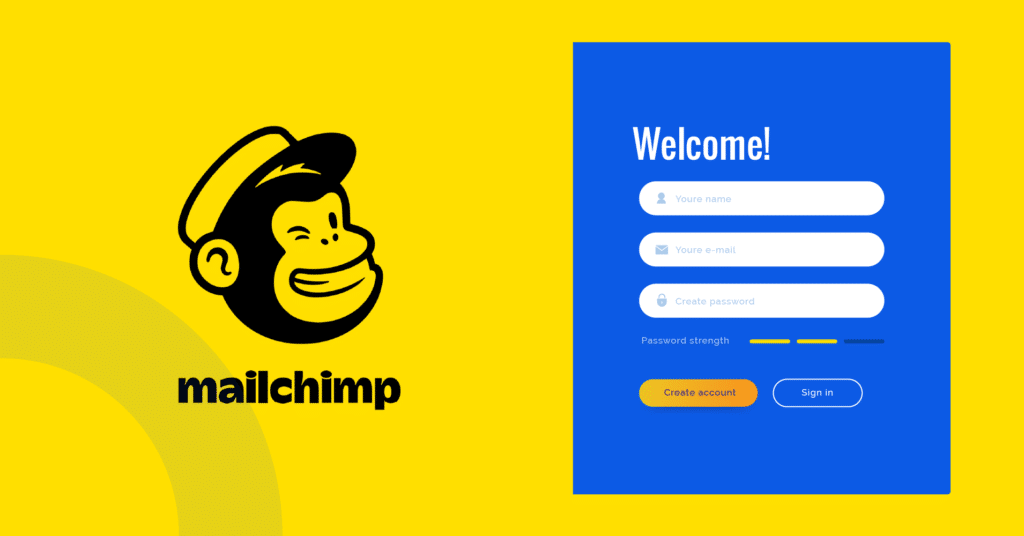
MailChimp, a popular marketing automation and email marketing platform, relies on PHP as its primary language. In fact, PHP is the only language used for everything related to the MailChimp application. PHP’s flexibility and compatibility with various databases make it an ideal choice for managing and delivering emails at scale.
6. Etsy
 Etsy, a leading eCommerce marketplace for handmade goods and craft supplies, powers its platform with PHP. With millions of active sellers and buyers, Etsy utilizes HHVM to optimize performance and provide a seamless shopping experience for its users.
Etsy, a leading eCommerce marketplace for handmade goods and craft supplies, powers its platform with PHP. With millions of active sellers and buyers, Etsy utilizes HHVM to optimize performance and provide a seamless shopping experience for its users.
7. WordPress
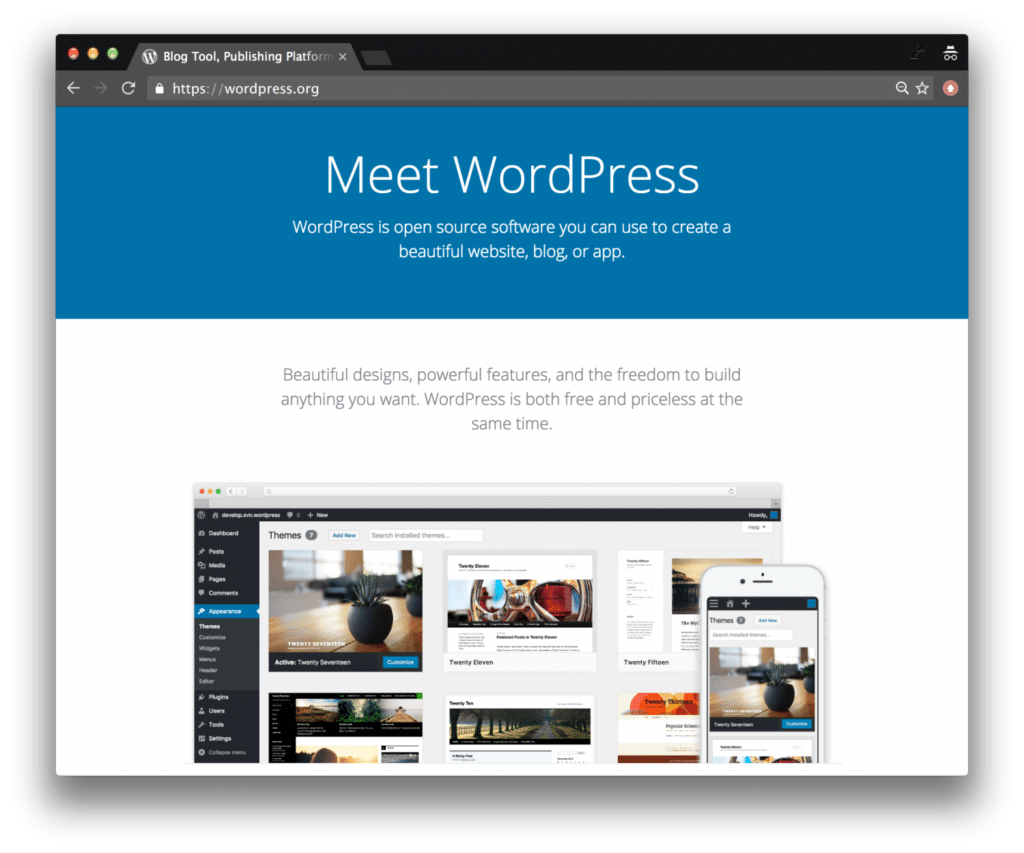
WordPress, one of the most widely used content management systems, is built on PHP and MySQL. PHP plays a crucial role in fetching data from the database and rendering it as static HTML, making WordPress highly customizable and user-friendly. Every day, more than 500 new websites are built using WordPress.
8. Skillshare
Skillshare, an online learning platform, relies on PHP for its backend development. With a subscription-based business model, Skillshare offers a wide range of e-learning courses to its users. PHP enables Skillshare to handle user interactions, course management, and payment processing efficiently.
9. BigCommerce

BigCommerce, a major player in the e-commerce market, utilizes PHP as its primary language. Operating on a Software-as-a-Service (SaaS) model, BigCommerce empowers businesses to build and manage their online stores seamlessly.
10. Moodle
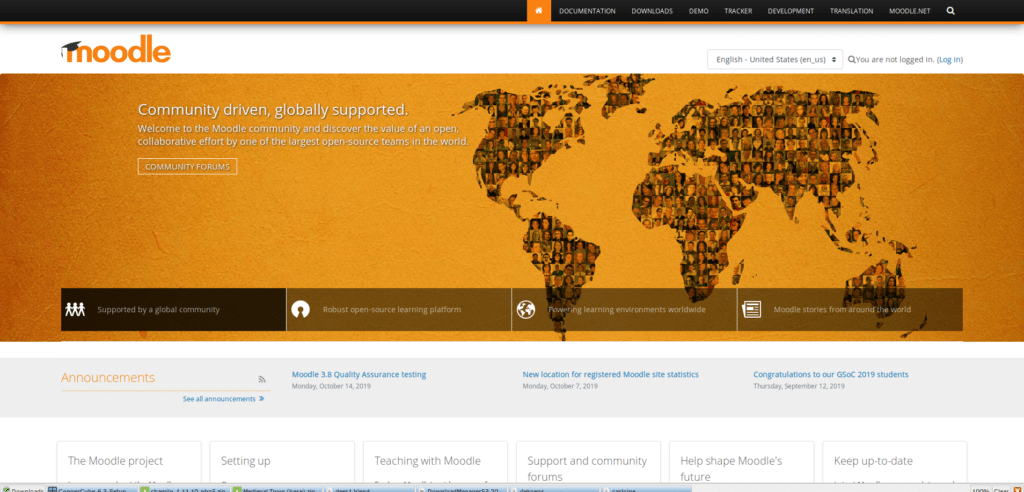
Moodle, an open-source learning management system (LMS), is yet another example of PHP based website. Moodle is widely used by educational institutions and workplaces to create online learning environments. With PHP, Moodle offers a flexible and customizable platform for delivering educational content.
11. Flickr
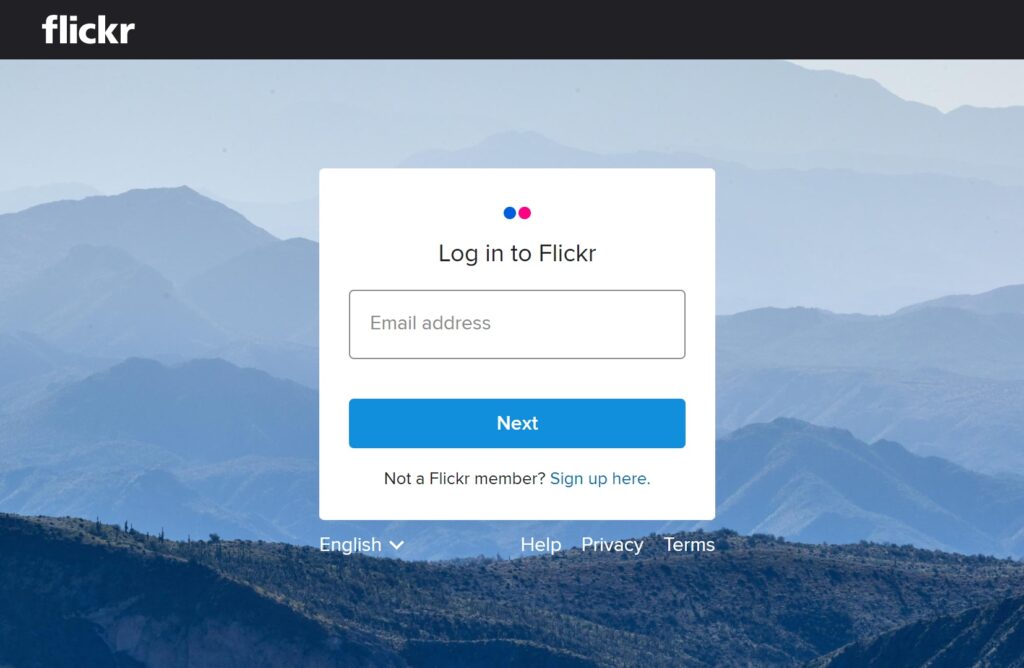
Flickr, a popular photo-sharing platform, relies on PHP for its server-side programming language. With millions of registered users, Flickr allows users to share and discover photos. PHP, combined with MySQL for databases, enables Flickr to handle large amounts of user-generated content.
12. Drupal
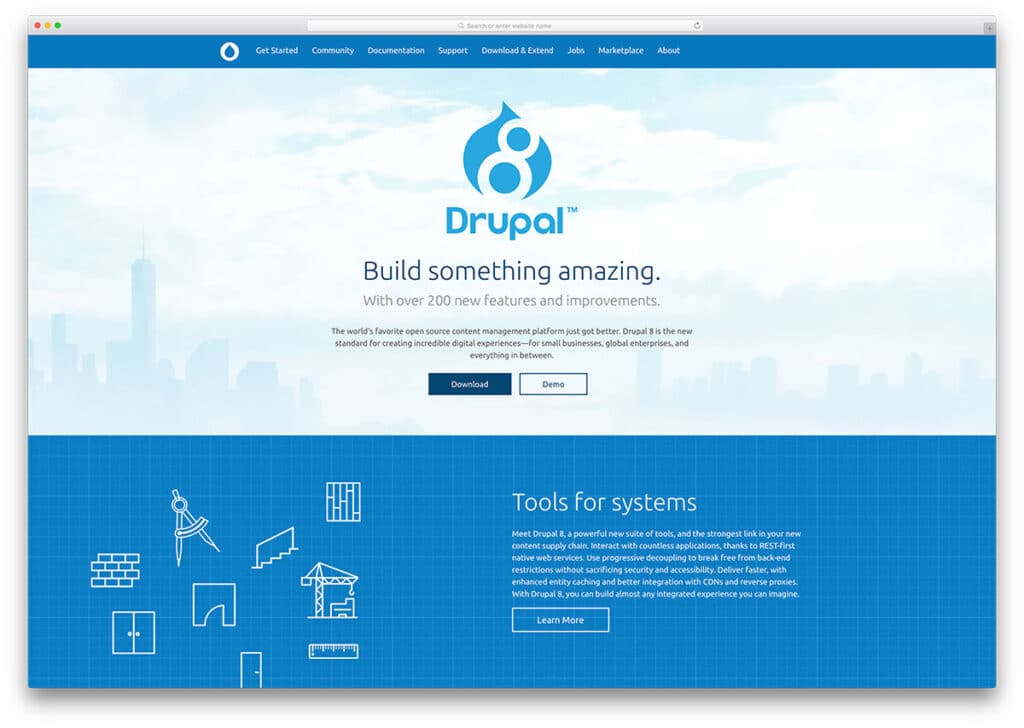
Drupal, a free and open-source content management system, utilizes PHP for its technology stack. Used by millions of websites globally, Drupal offers a highly customizable platform for building websites and managing content. Symfony, a PHP framework, powers the backend of Drupal.
13. Delivery Hero
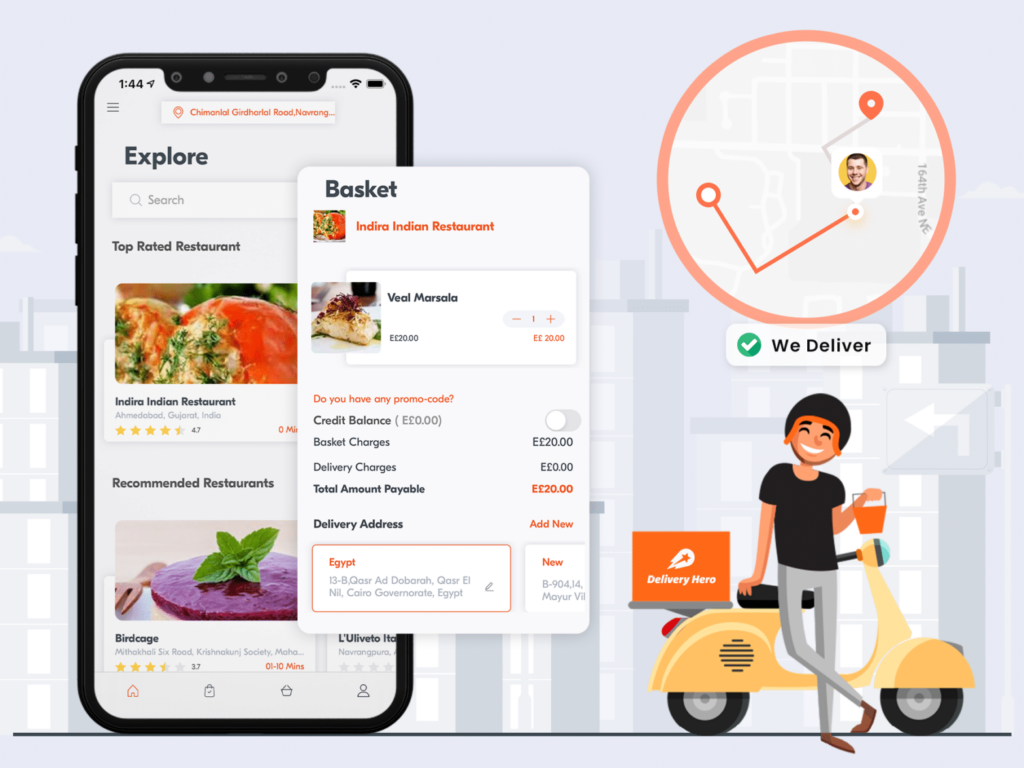
Delivery Hero, a global online food ordering and delivery service, incorporates PHP into its technology stack. With a presence in over 50 countries, Delivery Hero partners with hundreds of thousands of restaurants to provide customers with a seamless ordering experience.
14. 9GAG
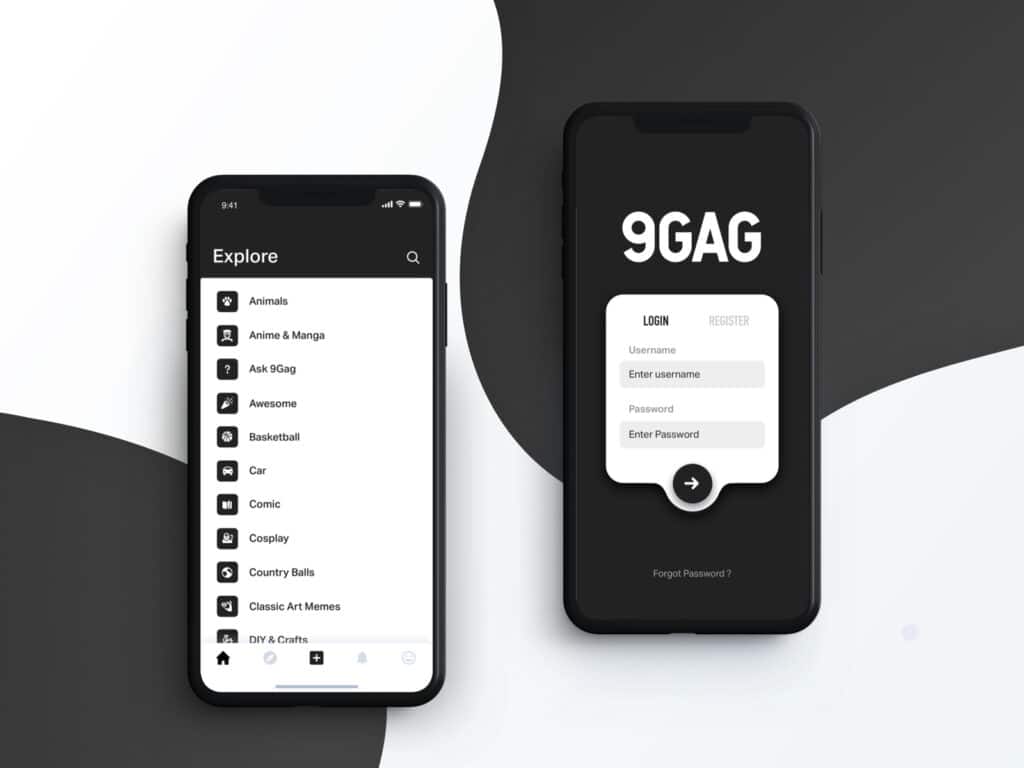
9GAG, a social media platform dedicated to sharing funny videos and memes, is built using PHP. With a global user base of 150 million, 9GAG relies on PHP and the Laravel framework to handle user interactions and content sharing.
15. iStockPhoto
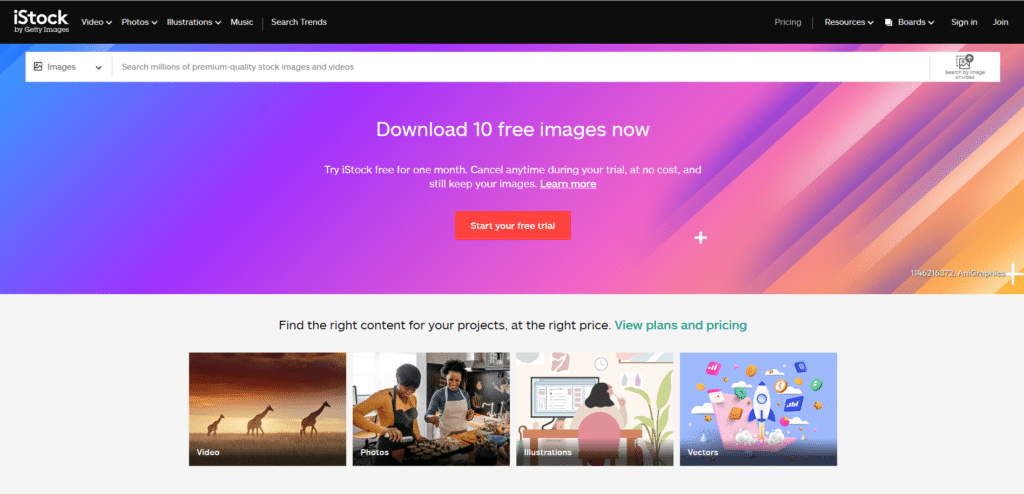
iStockPhoto, the world’s leading stock content marketplace, is built with PHP. With millions of active users and a constant influx of new content, iStockPhoto relies on PHP to handle user interactions, search queries, and content management.
Conclusion
The top 15 PHP website examples outlined in this article demonstrate the power and versatility of PHP in web development. From social media giants like Facebook to e-commerce platforms like Etsy and content management systems like WordPress, PHP continues to be a preferred choice for building robust and scalable websites.
If you’re a business owner looking to build a website, consider the benefits of PHP and its wide range of applications. By leveraging the skills and expertise of experienced PHP developers or a development company, you can harness the full potential of PHP to create a website that meets your specific needs.
Transform your ideas into reality with ScaleupAlly’s expert driven web development services, specializing in custom PHP-based website solutions. Whether you’re dreaming of a sleek e-commerce platform or a powerful content management system, we’ve got you covered. Reach out to us here, and let’s turn your concepts into cutting-edge digital solutions!
Related Blogs

Top 20 Emerging Technologies of 2026
Discover the top 20 emerging technologies of 2026. Explore which innovations are driving change across healthcare, finance, manufacturing, and other crucial industries.
ScaleupAlly Team
Dec 16 ,
9 min read

Software Development Timeline: Phases, Duration & Estimation Guide
Understand the software development timeline with phase durations, key factors, hidden delays, and practical methods to estimate project time.
Suprabhat Sen
Nov 29 ,
16 min read

Software Development Cost Estimation Guide: What’s Included & What Affects the Price
Explore software development cost components, major pricing factors, and practical estimation methods to plan your project accurately from start to finish.
Suprabhat Sen
Nov 29 ,
14 min read




